
2014年计算机学科专业基础综合试题
科目组合
数据结构 、计算机组成原理 、操作系统 、计算机网络
01:
08:
59
答题卡
得分 76/150
答对题目数 38/47
评价
☆☆☆☆☆
答题情况分析报告
正确: 38
错误: 9
未答: 0
总分: 76/150
正确率 80.9%
第1题
题目链接
正确答案:C
你的答案:
正确
正确率:87%
点击此处查看本题答案
第2题
题目链接
正确答案:B
你的答案:
正确
正确率:78%
点击此处查看本题答案
第3题
题目链接
正确答案:A
你的答案:
D
正确率:78%
点击此处查看本题答案
第4题
题目链接
正确答案:D
你的答案:
正确
正确率:90%
点击此处查看本题答案
第5题
题目链接
正确答案:C
你的答案:
D
正确率:76%
点击此处查看本题答案
第6题
题目链接
正确答案:D
你的答案:
正确
正确率:82%
点击此处查看本题答案
第7题
题目链接
正确答案:D
你的答案:
正确
正确率:91%
点击此处查看本题答案
第8题
题目链接
正确答案:D
你的答案:
正确
正确率:74%
点击此处查看本题答案
第9题
题目链接
正确答案:D
你的答案:
正确
正确率:69%
点击此处查看本题答案
第10题
题目链接
正确答案:B
你的答案:
正确
正确率:93%
点击此处查看本题答案
第11题
题目链接
正确答案:C
你的答案:
正确
正确率:78%
点击此处查看本题答案
第12题
题目链接
正确答案:D
你的答案:
正确
正确率:86%
点击此处查看本题答案
第13题
题目链接
正确答案:C
你的答案:
正确
正确率:88%
点击此处查看本题答案
第14题
题目链接
正确答案:A
你的答案:
正确
正确率:75%
点击此处查看本题答案
第15题
题目链接
正确答案:A
你的答案:
正确
正确率:64%
点击此处查看本题答案
第16题
题目链接
正确答案:D
你的答案:
正确
正确率:85%
点击此处查看本题答案
第17题
题目链接
正确答案:A
你的答案:
正确
正确率:65%
点击此处查看本题答案
第18题
题目链接
正确答案:C
你的答案:
正确
正确率:84%
点击此处查看本题答案
第19题
题目链接
正确答案:C
你的答案:
正确
正确率:74%
点击此处查看本题答案
第20题
题目链接
正确答案:C
你的答案:
正确
正确率:80%
点击此处查看本题答案
第21题
题目链接
正确答案:D
你的答案:
正确
正确率:75%
点击此处查看本题答案
第22题
题目链接
正确答案:B
你的答案:
正确
正确率:75%
点击此处查看本题答案
第23题
题目链接
正确答案:A
你的答案:
正确
正确率:95%
点击此处查看本题答案
第24题
题目链接
正确答案:B
你的答案:
正确
正确率:88%
点击此处查看本题答案
第25题
题目链接
正确答案:D
你的答案:
正确
正确率:91%
点击此处查看本题答案
第26题
题目链接
正确答案:A
你的答案:
正确
正确率:82%
点击此处查看本题答案
第27题
题目链接
正确答案:A
你的答案:
正确
正确率:77%
点击此处查看本题答案
第28题
题目链接
正确答案:C
你的答案:
正确
正确率:68%
点击此处查看本题答案
第29题
题目链接
正确答案:B
你的答案:
正确
正确率:80%
点击此处查看本题答案
第30题
题目链接
正确答案:A
你的答案:
正确
正确率:83%
点击此处查看本题答案
第31题
题目链接
正确答案:C
你的答案:
正确
正确率:70%
点击此处查看本题答案
第32题
题目链接
正确答案:D
你的答案:
正确
正确率:90%
点击此处查看本题答案
第33题
题目链接
正确答案:C
你的答案:
正确
正确率:94%
点击此处查看本题答案
第34题
题目链接
正确答案:B
你的答案:
正确
正确率:76%
点击此处查看本题答案
第35题
题目链接
正确答案:D
你的答案:
正确
正确率:64%
点击此处查看本题答案
第36题
题目链接
正确答案:C
你的答案:
正确
正确率:75%
点击此处查看本题答案
第37题
题目链接
正确答案:B
你的答案:
正确
正确率:70%
点击此处查看本题答案
第38题
题目链接
正确答案:A
你的答案:
正确
正确率:59%
点击此处查看本题答案
第39题
题目链接
正确答案:B
你的答案:
正确
正确率:83%
点击此处查看本题答案
第40题
题目链接
正确答案:D
你的答案:
正确
正确率:77%
点击此处查看本题答案
第41题
题目链接
你的答案:
未作答
点击此处查看本题答案
第42题
题目链接
你的答案:
未作答
点击此处查看本题答案
第43题
题目链接
你的答案:
未作答
点击此处查看本题答案
第44题
题目链接
你的答案:
未作答
点击此处查看本题答案
第45题
题目链接
你的答案:
未作答
点击此处查看本题答案
第46题
题目链接
你的答案:
未作答
点击此处查看本题答案
第47题
题目链接
你的答案:
未作答
点击此处查看本题答案
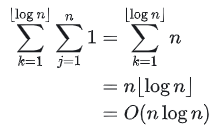

 。
。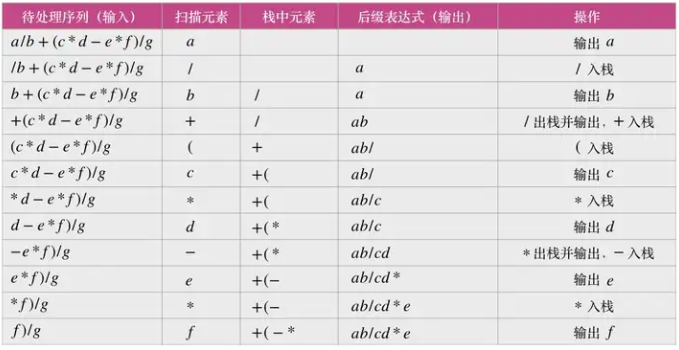
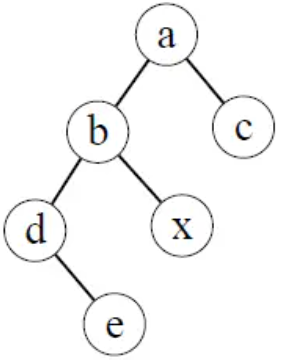
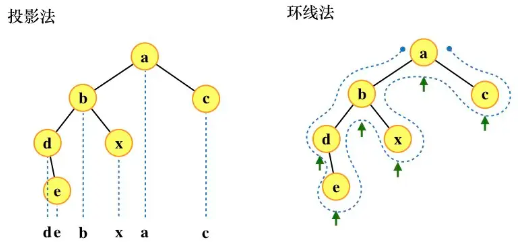
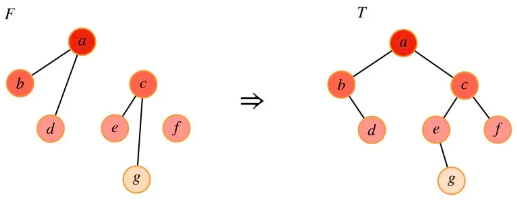
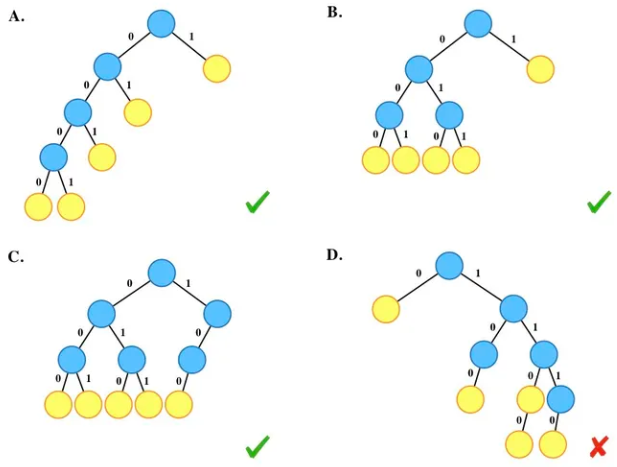
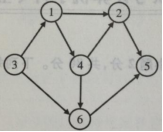









 ,传播时延为 50 ms ,主机乙发送一个确认帧的时延为 t2 ,因为乙每收到一个数据帧立即利用一个短帧(忽略其传输延迟)进行确认,所以 t2=0 ,传播时延为 50 ms 。一个周期 T=0.08 ms+50 ms+0 ms+50 ms=100.08 ms 。因为数据链路层采用后退 N 帧协议 (GBN) 传输数据,为使信道利用率达到最高,在一个周期内,发送方可以连续发送多个数据帧,将位于发送窗口中的帧全部发送出去。甲的发送窗口尺寸为1000,1000个帧的发送时延为 1000t1=80 ms<T ,满足要求。
,传播时延为 50 ms ,主机乙发送一个确认帧的时延为 t2 ,因为乙每收到一个数据帧立即利用一个短帧(忽略其传输延迟)进行确认,所以 t2=0 ,传播时延为 50 ms 。一个周期 T=0.08 ms+50 ms+0 ms+50 ms=100.08 ms 。因为数据链路层采用后退 N 帧协议 (GBN) 传输数据,为使信道利用率达到最高,在一个周期内,发送方可以连续发送多个数据帧,将位于发送窗口中的帧全部发送出去。甲的发送窗口尺寸为1000,1000个帧的发送时延为 1000t1=80 ms<T ,满足要求。


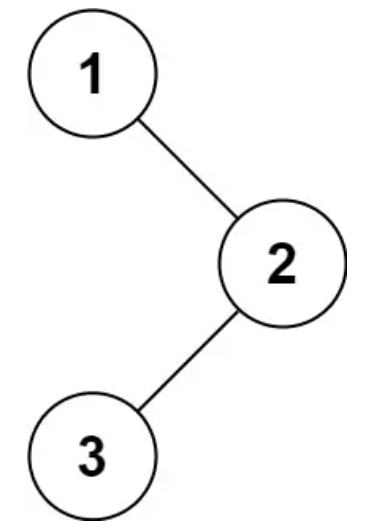






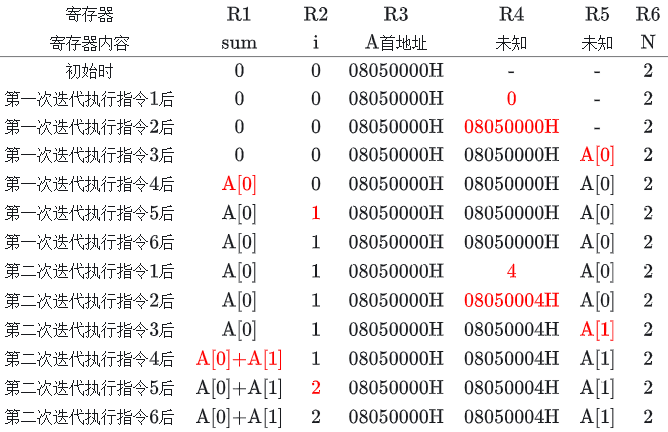
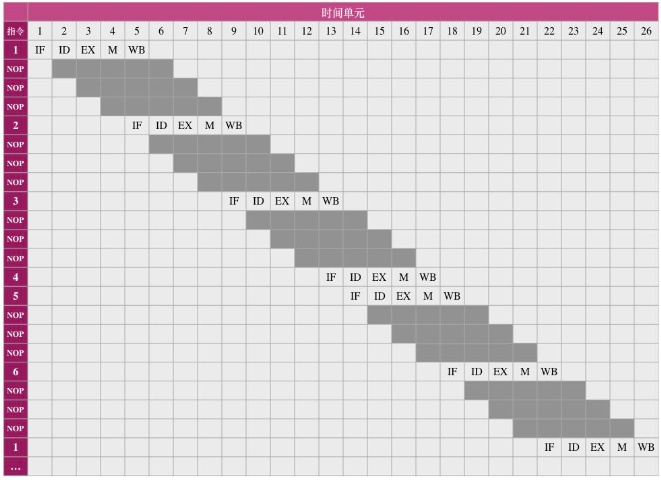
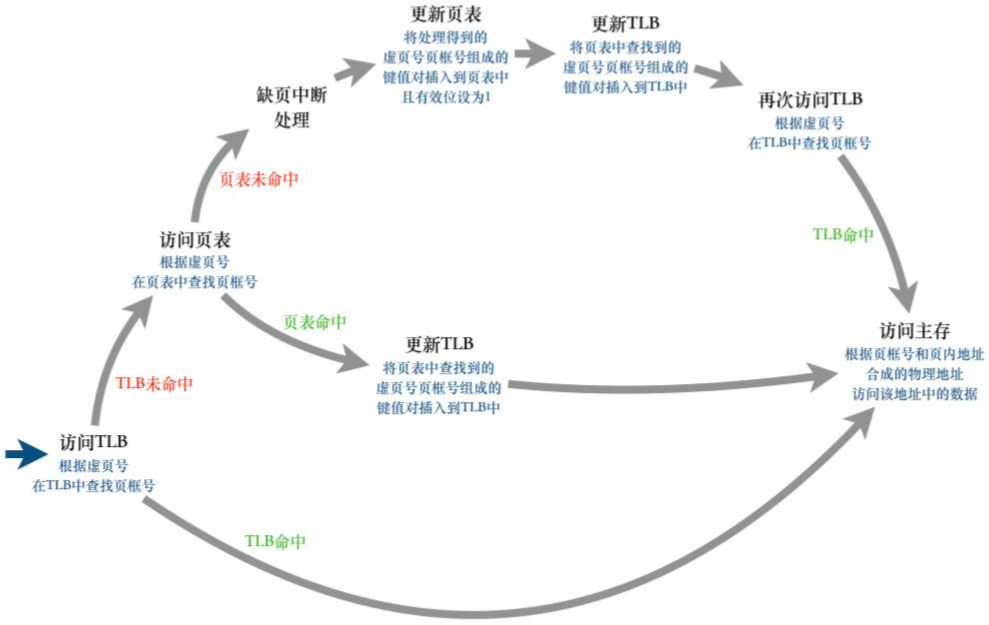

 The road of your choice, you have to go on !
粤ICP备16082171号-1
The road of your choice, you have to go on !
粤ICP备16082171号-1


